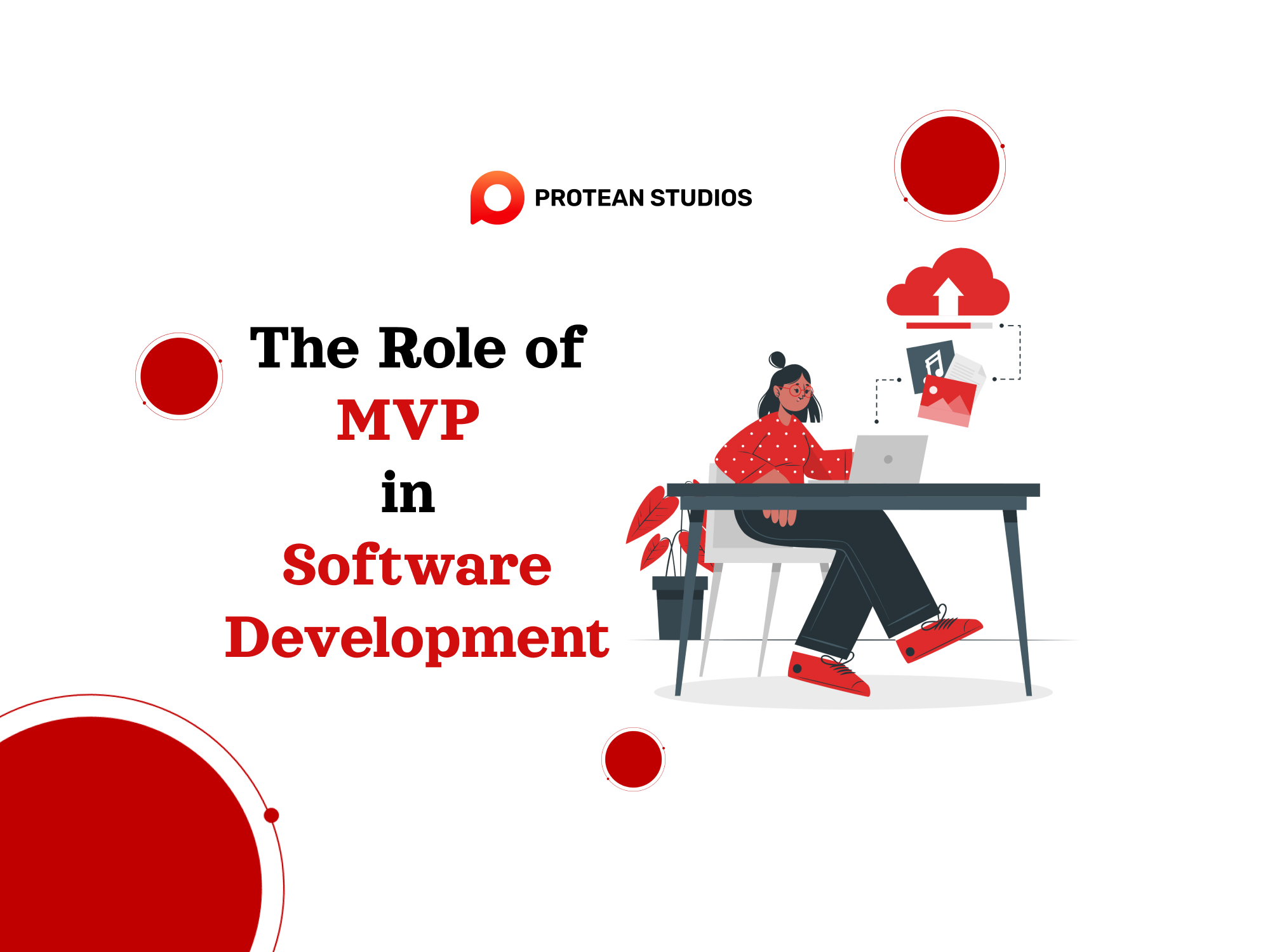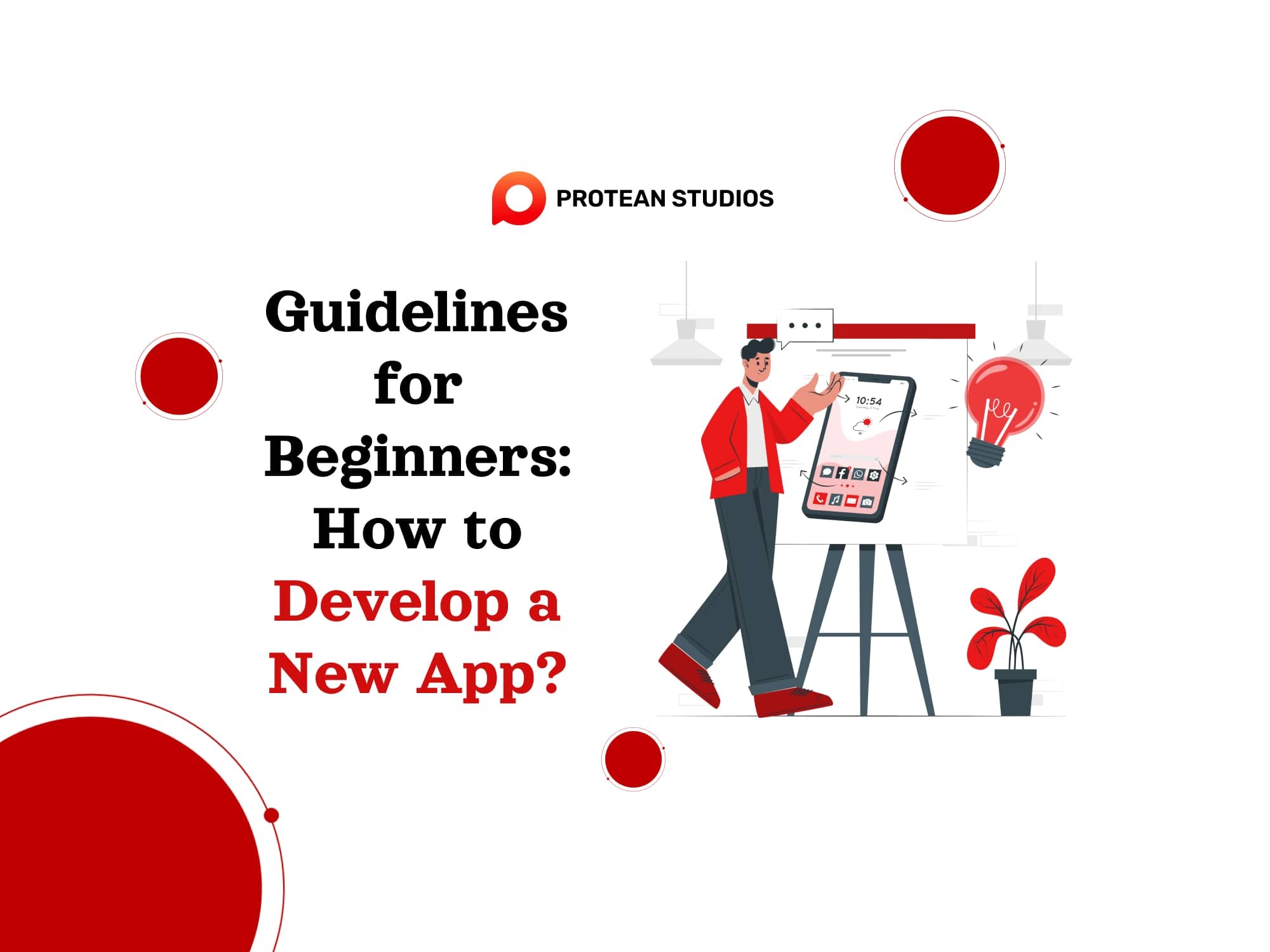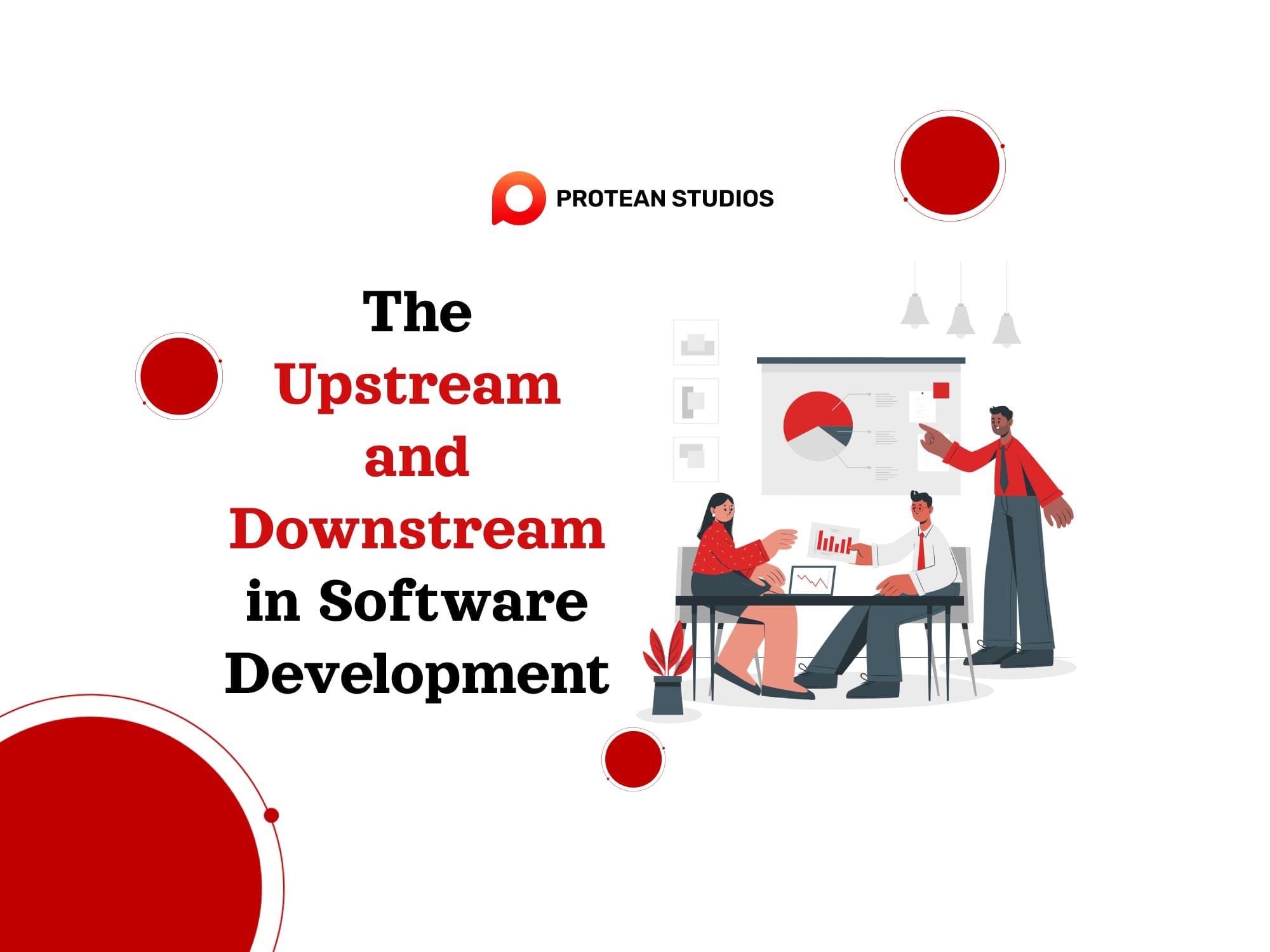Software as a service (SaaS) has been the dominant model for cloud computing for the past decade. Yet, it is no longer enough to meet the needs of today's businesses. Customers want more flexibility, scalability, and customization from their cloud providers, and they are willing to pay for it. That's why the future of cloud computing is anything as a service (XaaS).
What is XaaS?
XaaS, which stands for anything as a service, is a term that encompasses various types of services delivered over the internet through cloud computing. It means that any IT function, such as software, hardware, infrastructure, platform, security, or data, can be offered as a service to customers or clients who pay for what they use.
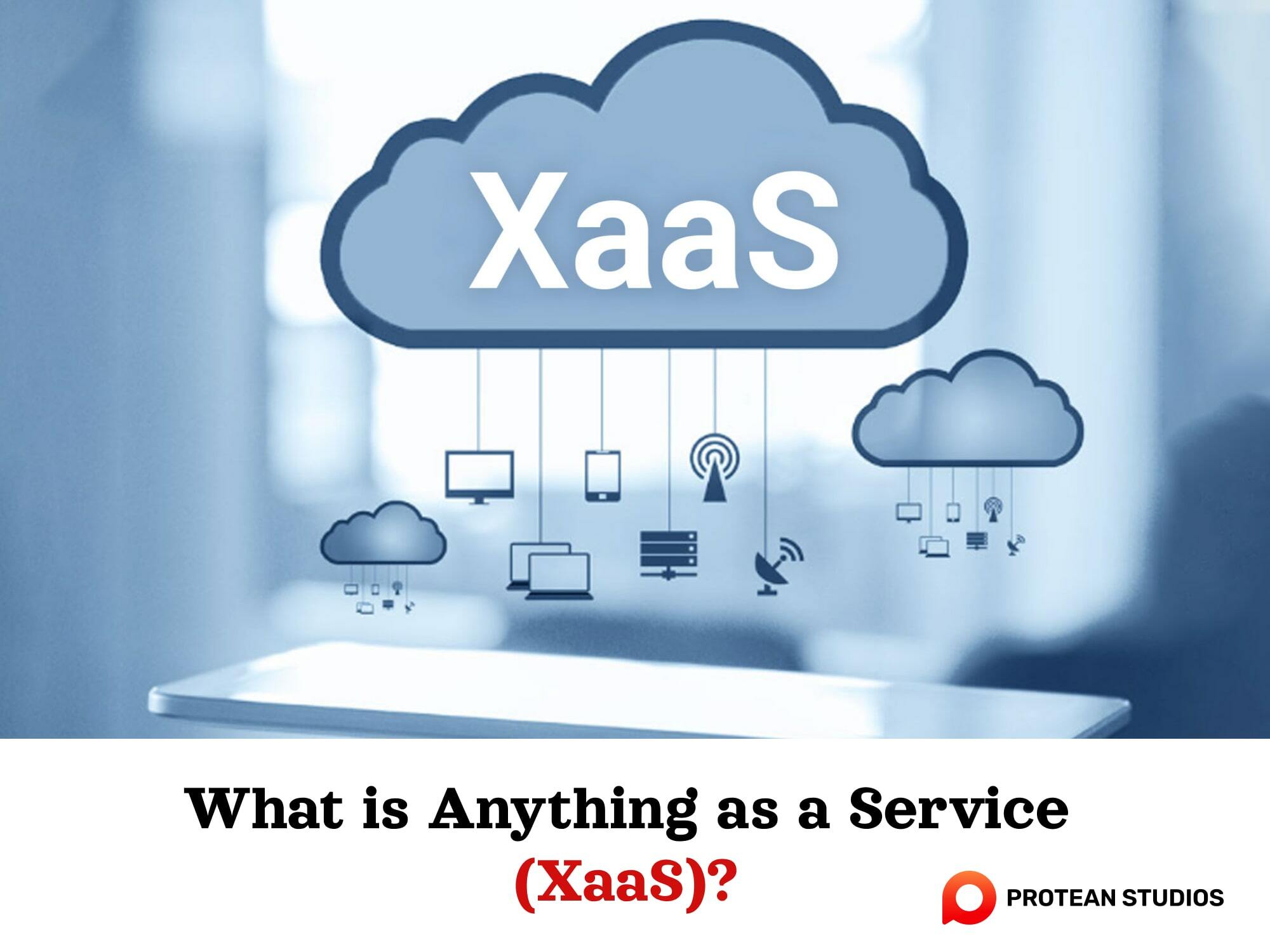
This service has many benefits and advantages that help companies optimize their business activities, as follows:
Cost savings: Anything as a service reduces the need for upfront investments in IT resources. It also allows for flexible and scalable consumption models.
Speed and agility: This service enables faster deployment and access to new technologies and solutions that can adapt to changing market conditions and customer demands.
Innovation and efficiency: XaaS frees up IT resources from managing and maintaining complex systems. The main goal is to focus on higher-value projects and innovation.
Related Article: IoT In Project Management
XaaS has become a new trend in the digital era
XaaS has become a new trend in the digital era, as it offers many benefits to both providers and consumers. For example, lower costs, higher scalability, faster innovation, and greater flexibility. Companies can use this service for various domains, such as cloud computing, software, hardware, data, analytics, security, and more.
XaaS enables providers to leverage their core competencies and offer value-added services to their customers. Especially, consumers can access the latest technologies and solutions without having to invest in or maintain them. Besides, the reason why anything as a service has become popular today is that as below.
Shift towards cloud-based solutions: The trend of moving away from on-premise infrastructure and software towards cloud-based solutions complements the XaaS model. Cloud platforms provide the ideal foundation for delivering services on-demand.
Evolving business needs: Today's businesses face dynamic and ever-changing needs. XaaS allows them to adapt and scale their resources, catering to these fluctuations without significant upfront investments.
Focus on core competencies: By outsourcing IT infrastructure and services through XaaS, businesses can free up their resources and expertise to focus on their core competencies and drive innovation.
Emerging technologies: The integration of technologies like artificial intelligence, big data analytics, and the Internet of Things (IoT) with XaaS is creating even more powerful and versatile service offerings.
The advantages that midsize companies derive from XaaS
Midsize companies can take advantage of XaaS in several ways. According to a recent Forbes article, XaaS solutions can help midsize manufacturers differentiate themselves, contain costs, and grow their businesses in an increasingly commoditized and uncertain market.
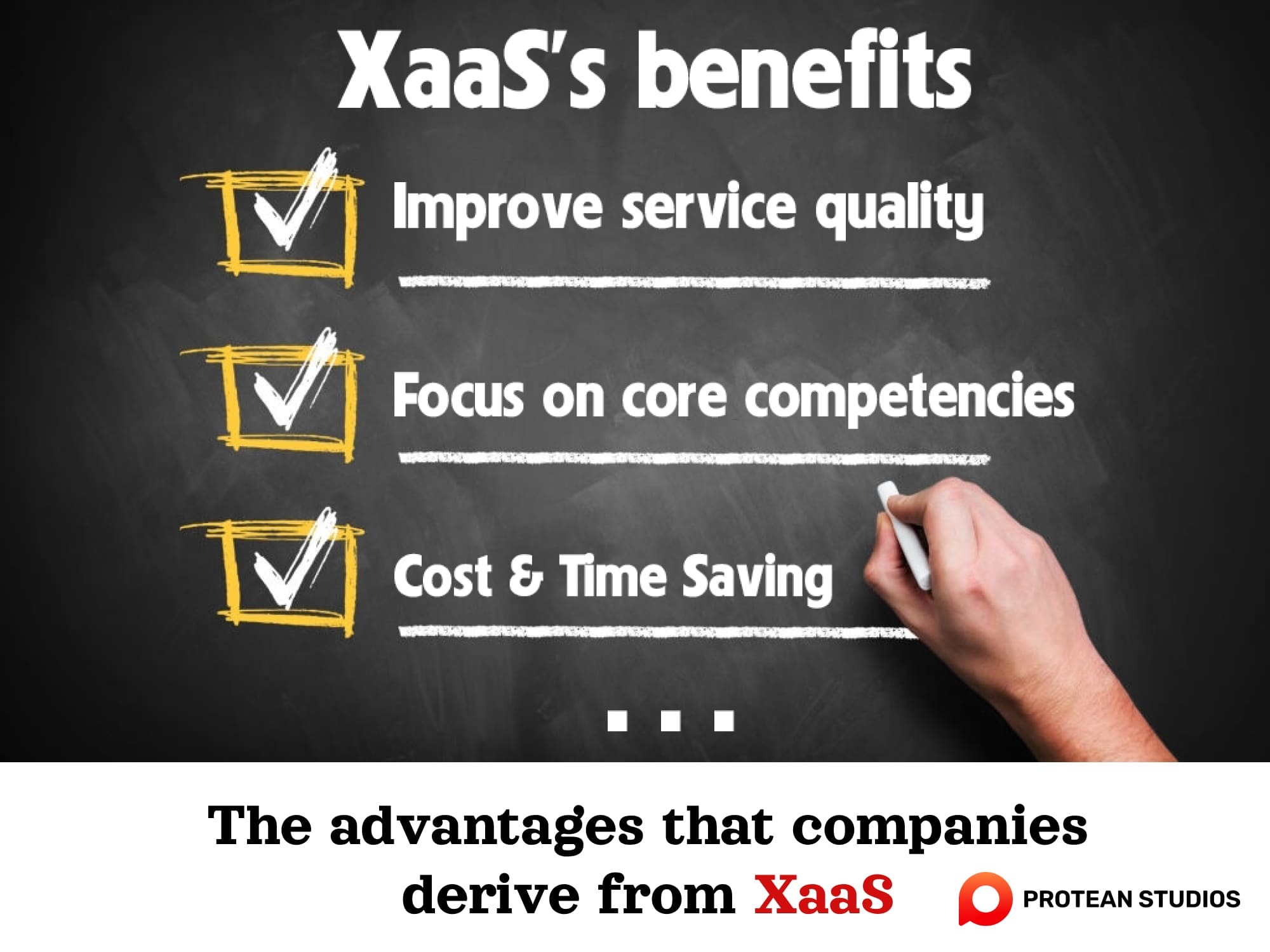
Advantages that companies benefit from XaaS
XaaS business models are well-suited to help midsize manufacturers address their biggest challenges, including spiraling costs and competitive threats. Manufacturers across industries intend to almost triple their digital services revenue by 2030, according to a Gartner servitization survey. These service offerings, such as equipment performance and maintenance, can reduce downtime and build supply chain resilience while generating new revenue streams.
From a customer perspective, the benefits of XaaS include a greater range and improved quality of products and services. Especially greater predictability and profitability. By embracing XaaS, midsize companies can position themselves for agility, cost-effectiveness, and a focus on core business tasks. These models help them drive recurring revenue and also bring them closer to customers.
Where do XaaS capabilities emerge easily?
To answer the question of where XaaS capabilities emerge, a recent IDC analyst brief revealed that more midsize service-based companies focus on and invest in technologies, such as advanced cloud ERP systems, to boost efficiency and productivity to support XaaS.
A solid ERP foundation can make it easier for companies to adopt and excel in an XaaS business model. This enables innovation, support, evolution, and efficient operations. Yet, choosing the right ERP involves answering key questions:
1. Is the cloud ERP ready to go?
Make sure the ERP accelerates processes, data analytics, business operations, and decision-making by utilizing the latest best practices and continuous innovation.
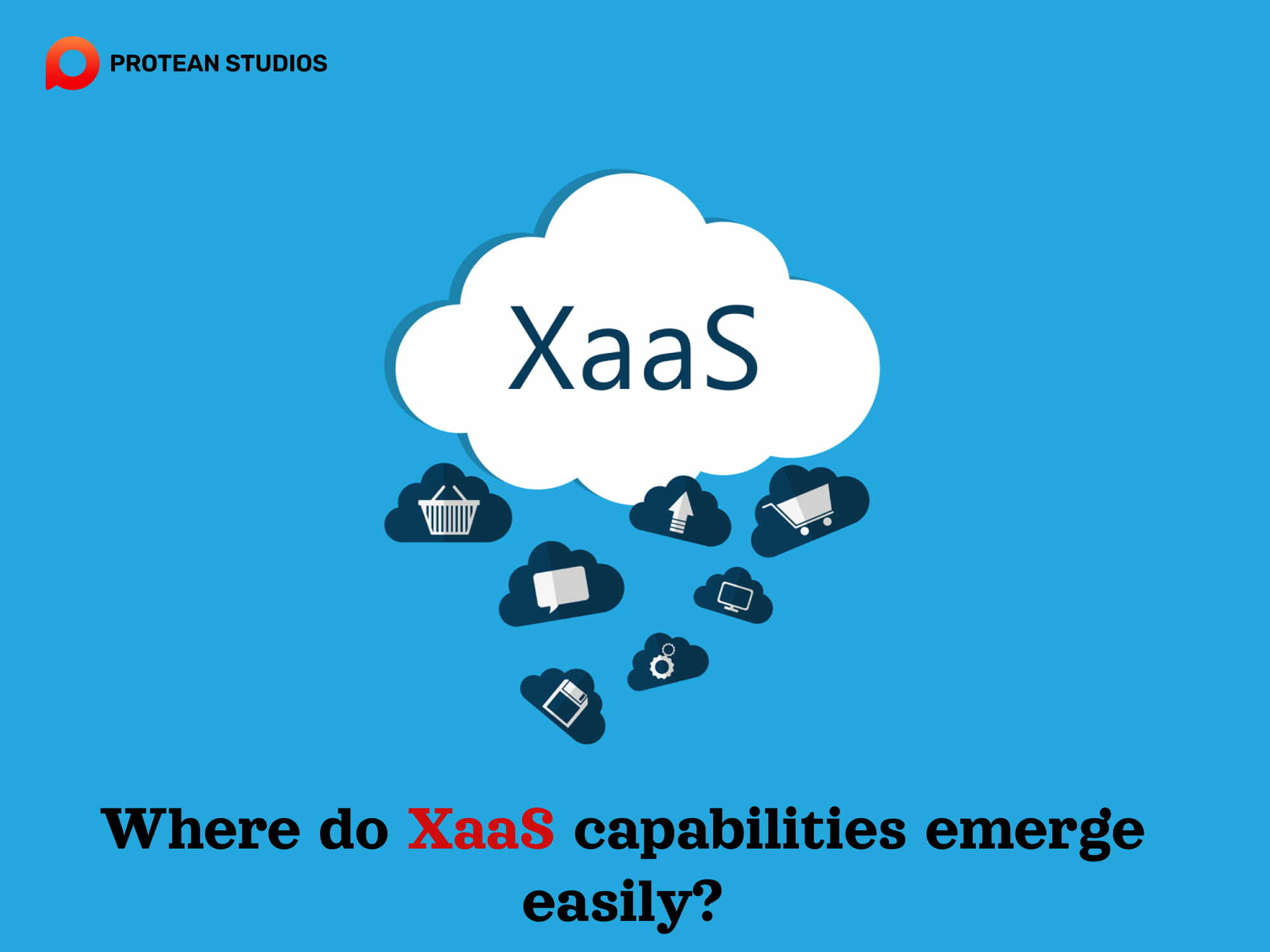
2. Does it offer proven tools and methods?
Look for an ERP that includes tools and methodologies proven to hurry deployment and rollout within a predictable scope and timeframe, minimizing surprises.
3. Is there flexibility for learning and community-based expertise?
Check if the cloud ERP provides flexible learning options and community-based expertise. This is crucial for meeting goals, building skills, and ensuring successful adoption, from initial implementation to long-term use.
In short, it provides businesses with the flexibility and agility required to adapt to dynamic market conditions and take advantage of new opportunities. Businesses can access new technologies and services by using many tenant approaches and leveraging the power of the cloud.
Wrap up about XaaS
In conclusion, Everything as a Service is a game-changer in the digital era. It encompasses a wide range of services delivered over the internet, offering flexibility and scalability to businesses. From Software as a Service (SaaS) to Infrastructure as a Service (IaaS) and more, XaaS models enable organizations to access, use, and pay for services on-demand.
This trend is prevalent in various industries, including IT, telecommunications, healthcare, and finance. Thus, it provides cost-effective solutions and promotes innovation. Cloud service providers also play a vital role in driving XaaS capabilities, making advanced technologies accessible to businesses of all sizes.



